The possibility that the real ninth planet "Planet X" exists in the solar system rises rapidly

"Pluto", which was regarded as the ninth planet of the solar system at that time, is classified as a dwarf planet, assuming that it does not satisfy the newly set planetary standards in 2006, and there have been only 8 planets in the solar system since then It has been thought that. However, on January 20, 2016, the research team at the California Institute of Technology announced the results of a study showing the existence of an unknown gigantic planet with 10 times the mass of the Earth at the outermost edge of the solar system.
Caltech Researchers Find Evidence of a Real Ninth Planet | Caltech
http://www.caltech.edu/news/caltech-researchers-find-evidence-real-ninth-planet-49523
EVIDENCE FOR A DISTANT GIANT PLANET IN THE SOLAR SYSTEM - IOPscience
http://iopscience.iop.org/article/10.3847/0004-6256/151/2/22
Astronomers say a Neptune-sized planet lurks beyond Pluto | Science | AAAS
http://www.sciencemag.org/news/2016/01/feature-astronomers-say-neptune-sized-planet-lurks-unseen-solar-system
The 9th solar planet discovered by the research team at the California Institute of Technology is called "Planet Nine". The mass is ten times larger than the Earth, the average distance to the sun is about 20 times that of Neptune (about 4.5 billion km to the sun), and it is a planet revolving wider than the planet that has been discovered so far.
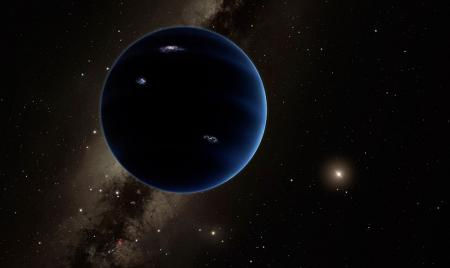
You can understand what kind of planet such Planet / Nine is, by looking at the following movies.
A new 9th planet for the solar system? - YouTube
Thousands of years ago, ancient astronomers realized that six planets floated in the sky. There are six planets, Mercury, Venus, Earth, Mars, Jupiter and Saturn.
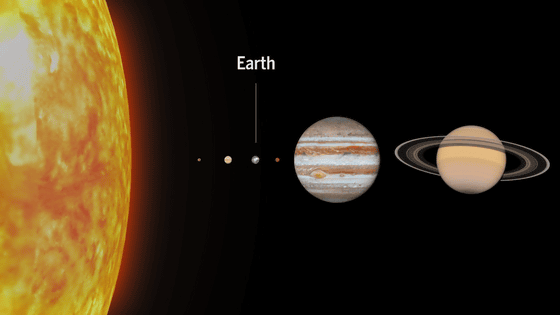
William Herschel will discover Uranus in 1781 after the moon flows and the astronomical telescope was invented. Although Uranus was observed before that, it was considered to be a celestial body other than the planet until then, and William Herschel was also supposed to be a comet at the beginning and seems to have calculated the orbit. However, as we calculated the orbit, Uranus was a huge object more than I imagined, and it turned out to be a planet rather than a comet.

And Uranus'perturbationThe existence of Neptune, the eighth planet of the solar system, will be inferred. In France, Rouverier calculated the orbit prediction and Galle received it discovered Neptune on 23rd September 1846.
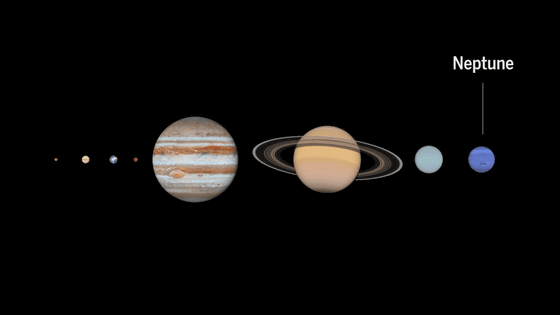
It is thought that it exists at a place far from the sun than that Neptune "Planet X".
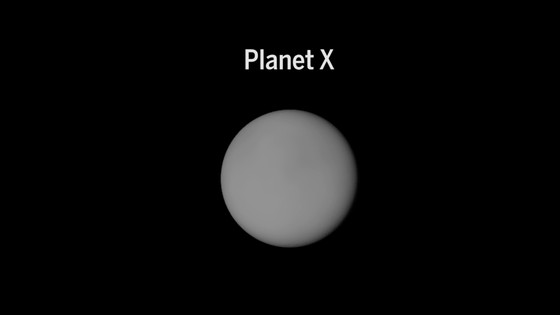
A research team at California Institute of Technology in the United States revealed that it has found strong evidence that Planet X exists at the outer edge of the solar system. The research team at California Institute of Technology called this Planet X "Planet Nine" and the size is about the same size as Neptune and has about 10 times the mass of the Earth. Planet Nine's atmosphere seems to contain a lot of hydrogen and helium.

The yellow point at the center of the image below is the sun, the five planets Mercury, Venus, Earth, Mars and Jupiter are spinning around it. Circles drawn with lines indicate the orbit of each planet.
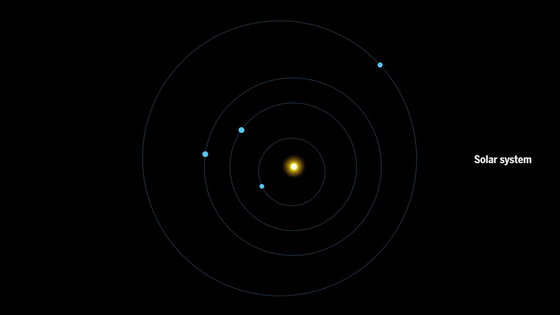
As we further zoom out, the orbits of Saturn, Uranus and Neptune will be visible instead of the sun and the five planets becoming very small. The orbits of Neptune, which was thought to be a planet that is far away from the sun, is considerably larger than the others.
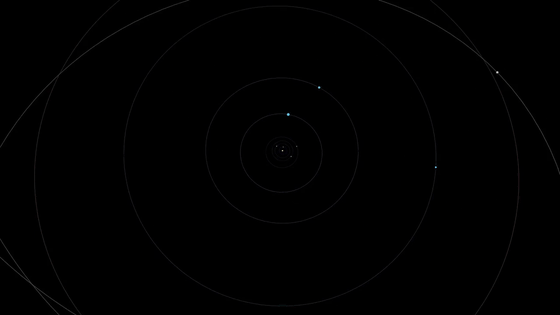
There are six objects that take a much larger orbit than that Neptune.
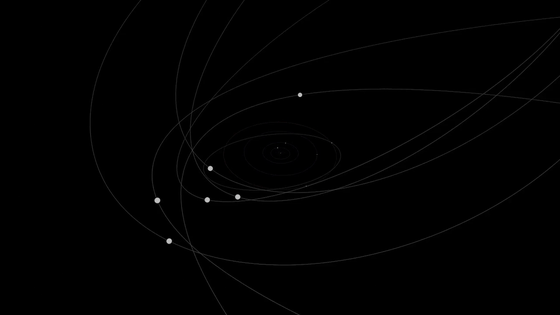
The trajectory of the six celestial bodies was elongated elliptical as follows.

The research team at the California Institute of Technology observes these six celestial bodies and notices that they take a unique trajectory approaching the sun. It seems that the existence of Planet Nine was presumed to be due to the fact that this trajectory is influenced by the ninth planet other than the eight planets that have been discovered so far.
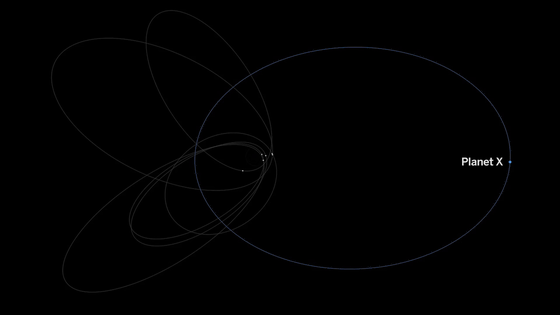
It is speculated that this planet nine circles around the sun surprisingly slowly and is going around the elliptical orbit as follows. It is estimated that Planet Nine takes 10,000 to 20,000 years to complete the complete revolution orbit of the sun ... ...

Neptune's revolution cycle is only 165 years. Compared to the revolution cycle of planets that have been discovered so far, you can see how Planet Nine is taking an orbital path.

The following images are easy to understand how the orbits of planets (blue line) and planet nine (red line) in the solar system differ.
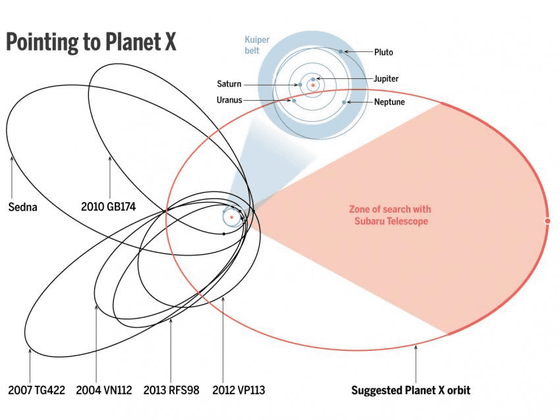
Currently we have not succeeded in directly observing Planet / Nine, but in order to actually observeSubaru TelescopeObservations are being carried out with the aim to be discovered within the next five years.
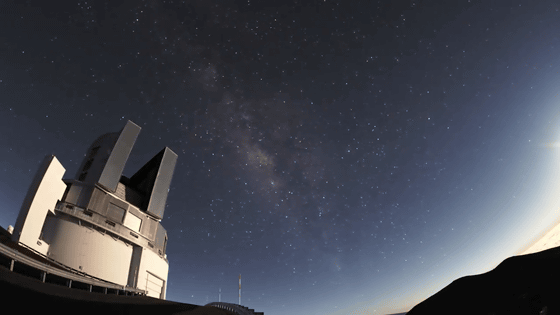
In the following movie, you can see the six orbits that take the elliptical orbits observed by the research team and the orbits of Planet Nine.
Planet Nine Animation - YouTube
Related Posts:







